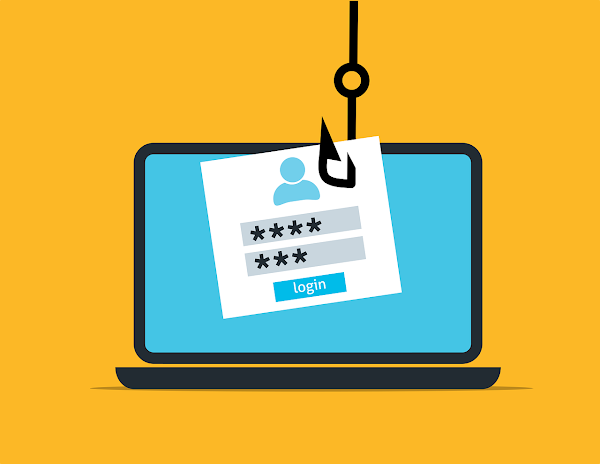Many phishing attacks seek to defraud individuals by mimicking and imitating legitimate companies and organizations. A phishing email that looks to be from an official government agency is particularly deceiving since it exudes authority. Inky discovered a harmful campaign in the latter half of 2021 that spoofs the US Department of Labor in order to steal the account credentials of unwary victims.
In a blog post published on Wednesday, Inky describes a series of phishing assaults in which the sender address on the majority of the emails looked to come from no-reply@dol.gov, the Department of Labor's legitimate domain. A couple of the emails were spoofed to appear to be sent from no-reply@dol.com, which is not the department's actual domain. The remainder came from a collection of newly formed look-alike domains, including dol-gov[.]com, dol-gov[.]us, and bids-dolgov[.]us. These phishing emails claimed to be from a senior DoL employee in charge of procurement and asked recipients to submit bids for "ongoing government projects."
A PDF attachment accompanying the email appeared to be an official DoL document, complete with all the necessary images and branding. On the second page of the PDF, a BID button led to what looked to be the Department of Labor's procurement platform but was actually a rogue website impersonating the department.
When the victim closed the document, they saw an exact replica of the official DoL website. The smart phishers simply copied and pasted HTML and CSS from the original site onto the phishing site.
The website then displays a "Click here to bid" button as the following step in the process. Anyone who clicks on that button will be directed to a credential harvesting form with instructions on how to submit a bid using a Microsoft account or another business account. The victim would be informed that their credentials were incorrect after entering them. The credentials, however, had been stolen by the attacker. If the user tried to input their credentials again, they would be sent to the official DoL page, which would further trick them.
The phishers were able to send their phishing emails via abused servers supposedly managed by a non-profit professional membership group in the majority of these attacks (the ones in which the spoofed sender was either no-reply@dol[.]gov or no-reply@dol[.]com).
Inky suggested a few tips to safeguard customers from this type of phishing scam, such as the fact that US government domains normally end in .gov or .mil rather than .com or another suffix, the US government does not usually send cold emails to collect bids for projects, and to check SMTP server settings. SMTP servers should not be configured to accept and forward emails from non-local IP addresses to non-local mailboxes by unauthenticated and unauthorized users.








